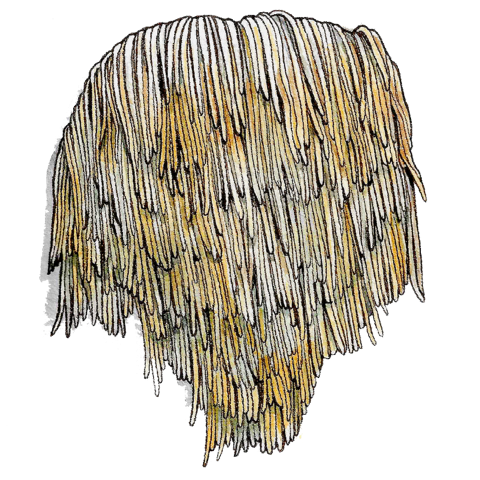
Common Names
- Bearded tooth mushroom
- Yamabushitake
- Hou Tou Gu
- Monkey head mushroom
- Bearded hedgehog
- Pom pom mushroom
- Hedgehog fungus
- Satyr’s beard
For Patients & Caregivers
Tell your healthcare providers about any dietary supplements you’re taking, such as herbs, vitamins, minerals, and natural or home remedies. This will help them manage your care and keep you safe.
Lion’s mane mushroom is used in East Asian medical systems to improve general health. It also comes as dietary supplements in capsules, powders and liquid extracts.
Lion’s mane is used to:
- Improve memory
- Improve mood
- Reduce stress
Lion’s mane also has other uses that haven’t been studied by doctors to see if they work.
It’s generally safe to use lion’s mane in food and tea but talk with your healthcare providers before taking lion’s mane supplements. Herbal supplements are stronger than the herbs you would use in cooking.
They can also interact with some medications and affect how they work. For more information, read the “What else do I need to know?” section below.
Side effects of using lion’s mane may include:
- Abdominal discomfort
- Nausea (feeling like you’re going to throw up)
- Skin rash
For Healthcare Professionals
An edible mushroom used in East Asian cuisine, lion’s mane grows on dead hardwood trees and has distinctive long, white spines that dangle downward resembling a lion’s mane. It has a long history of use in Native American as well as East Asian medical systems for infections, anxiety, stress, and depression. Lion’s mane mushrooms are eaten raw, dried, or cooked. Supplemental forms are promoted for improving cognitive health, mood, and immunity.
Preclinical studies reported antioxidant, antimicrobial, immunomodulatory, anti-neuroinflammatory, neuroprotective, cognition-enhancing (1) (2) (3) (4), wound-healing (5) and anti-gastric ulcer (6) effects.
Limited clinical data suggest lion’s mane may improve memory and mood in overweight individuals (7), mild cognitive impairment (8), cognitive function in older adults (9) and in patients with mild Alzheimer’s disease (10), as well as mood in menopausal women (11). Subjective reductions in stress were also reported in younger adults (12) although supplementation had no impact on metabolic flexibility or cognition (13).
In addition, lion’s mane demonstrated antiproliferative (4) (14) (15) and antimetastatic (16) activities in preclinical models. But there are no studies in humans that show it has anti-cancer effects.
- Improve memory
- Improve mood
- Reduce stress
Pharmacological investigations revealed several bioactive compounds in the mycelia and fruiting bodies of lion’s mane including phenolic acids and terpenoids, specifically hericenones and erinacines, polysaccharides, sterols, and lactones (17).
Preclinical studies found that both hericenones and erinacines cross the blood-brain barrier (18) and promote nerve growth factor synthesis and secretion (19). They also exerted anti-neuroinflammatory, neuroprotective (20) (2) (21), and cognition-improving effects (3). In addition, administration of both lion’s mane extract and hericene A to mice led to increased neurotrophin expression and downstream signaling, resulting in enhanced hippocampal memory (22). Improvements were also reported in preclinical models of ischemic stroke, Parkinson’s disease, Alzheimer’s disease, and depression using lion’s mane mycelia enriched with erinacines (23).
Clinical findings suggest lion’s mane may increase diversity of the gut microbiome (24).
Abdominal discomfort, nausea, and skin rash were reported in a clinical study (10).